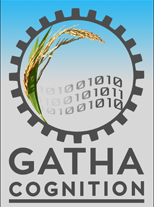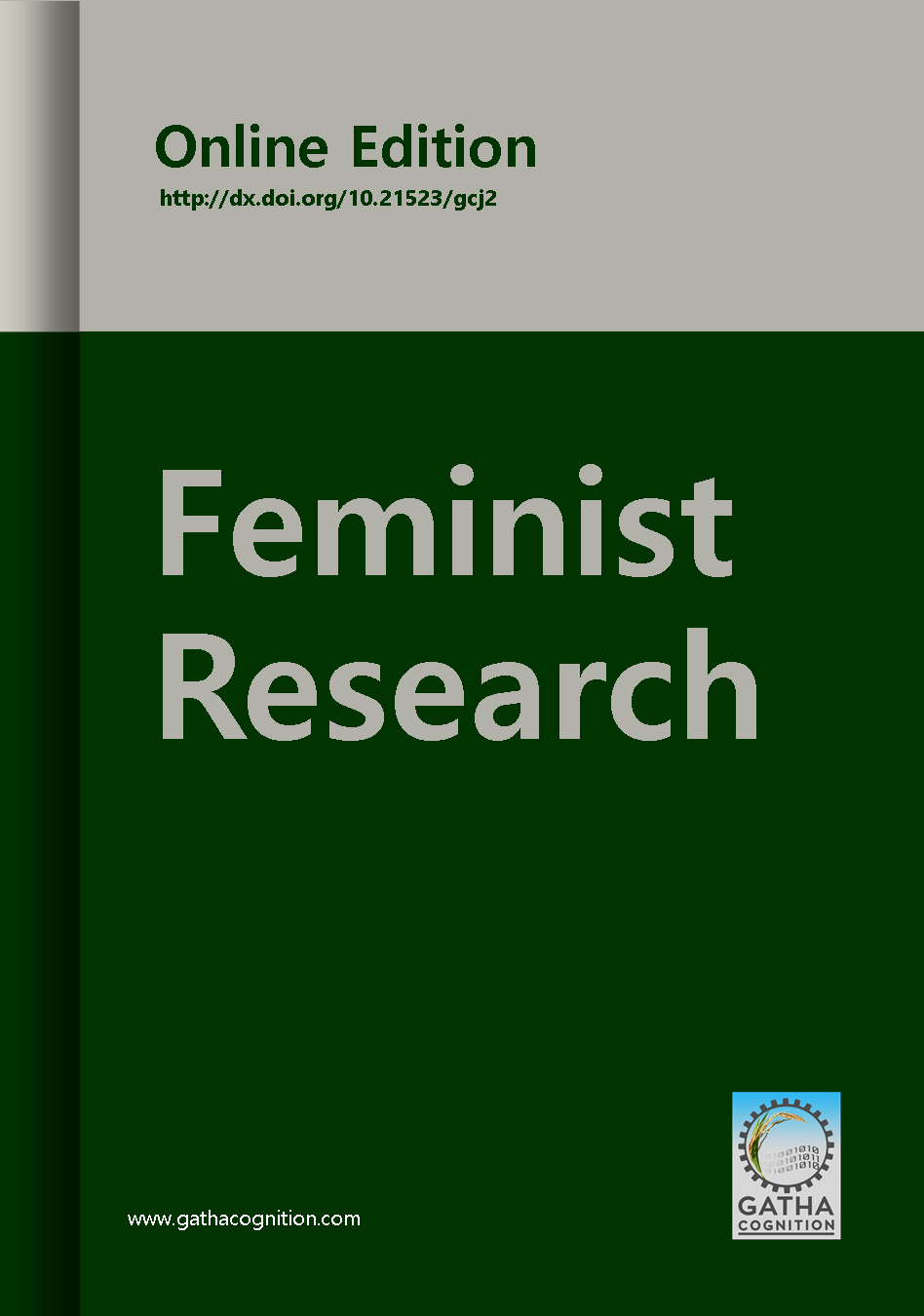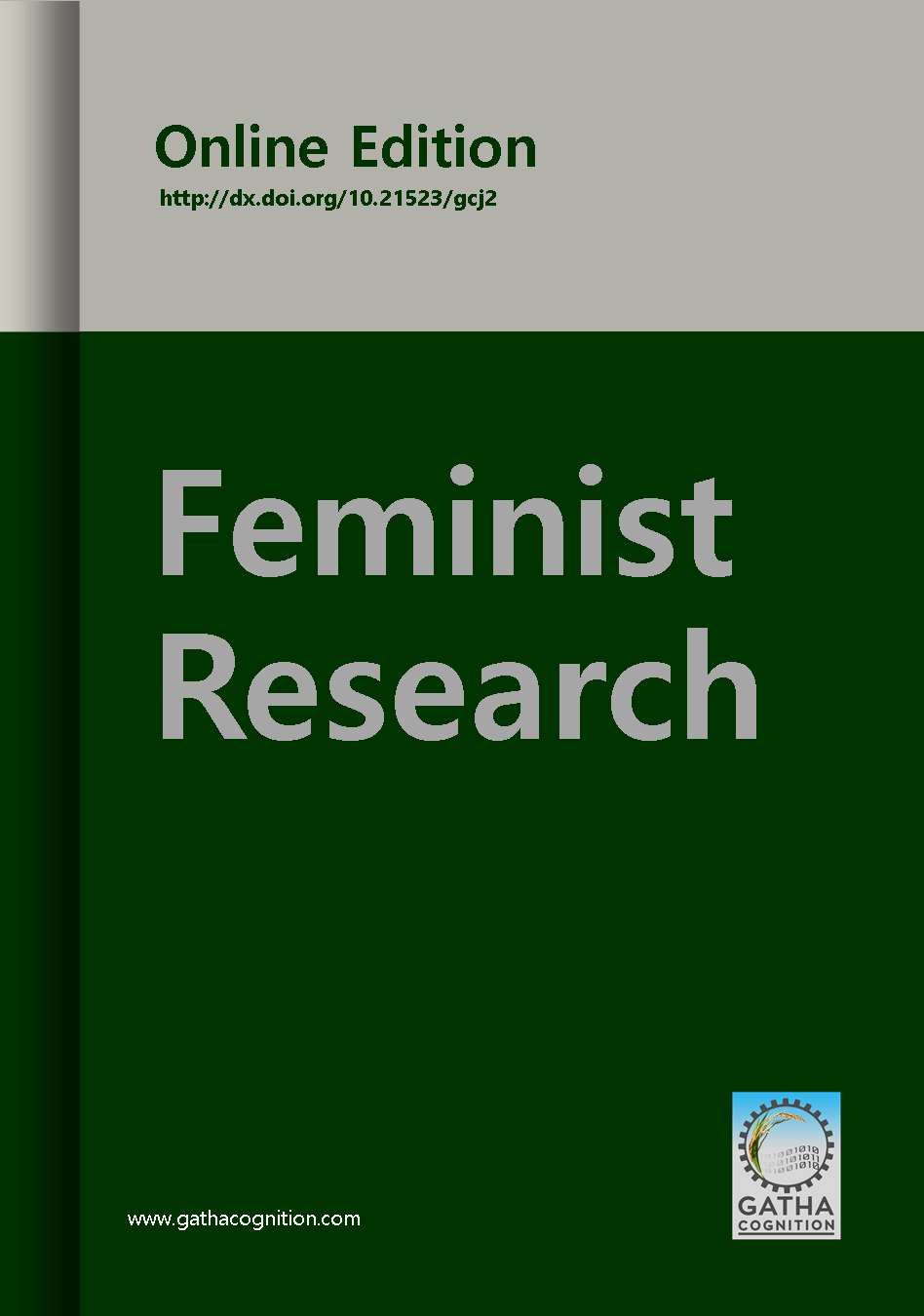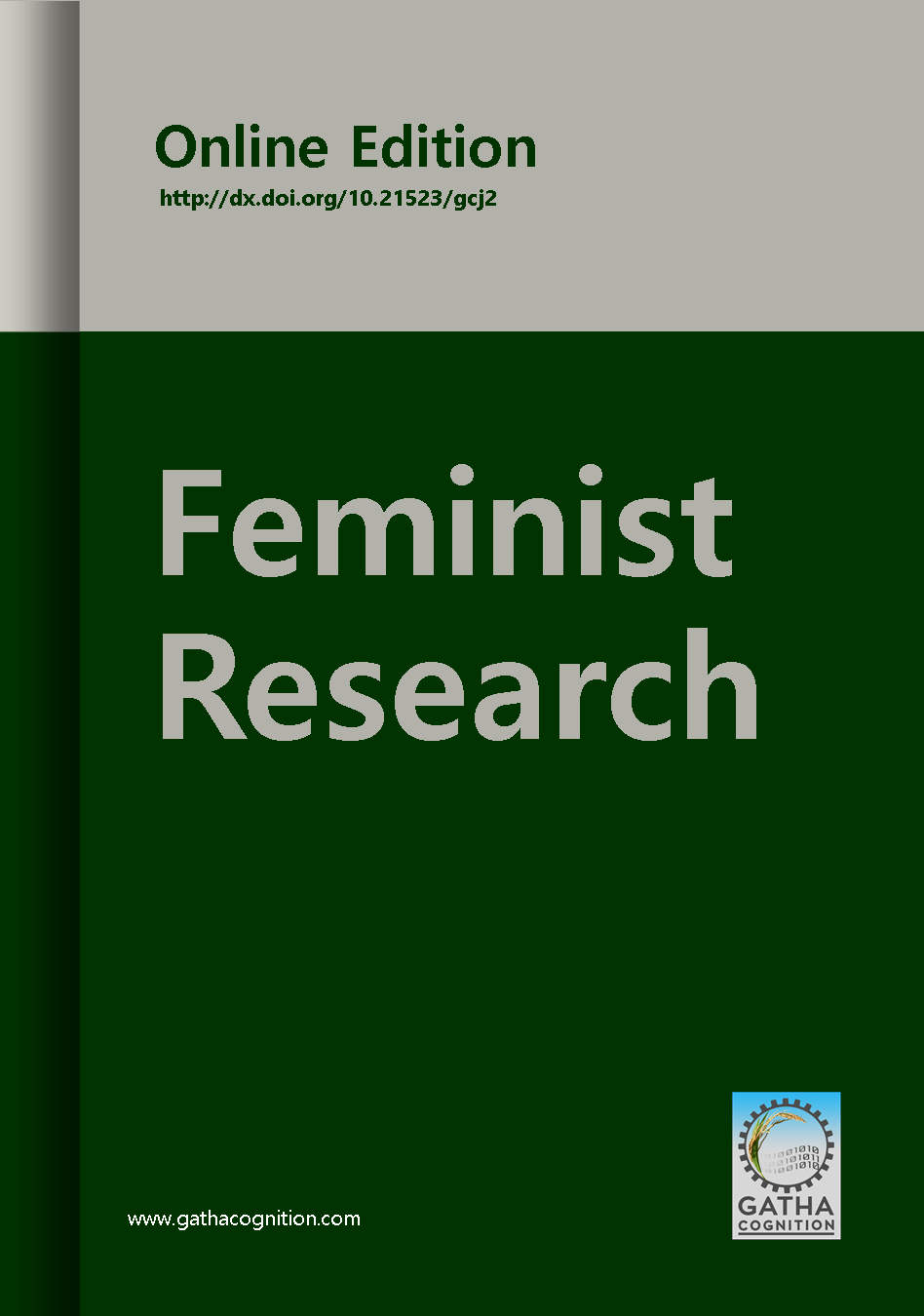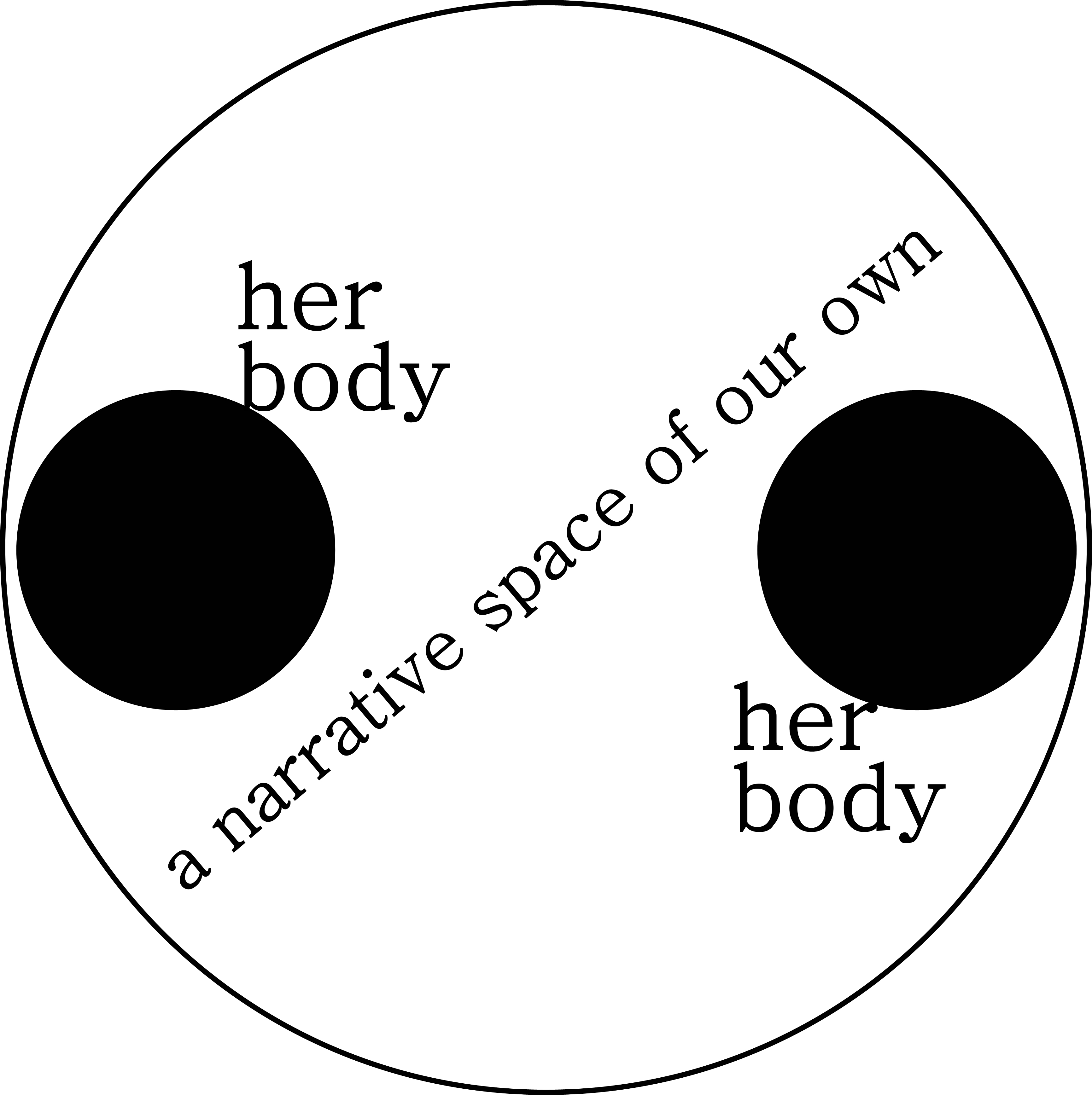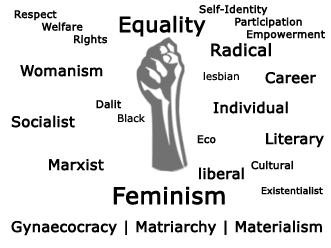Women play a distinctive role in rural economic activities in a predominantly agricultural country like India as well as in West Bengal but till their work is not acknowledged. Census information is used here to explore the pattern and disparity in female work participation with social and spatial coverage in rural areas of West Bengal using district level data. Due to complex social fabric of West Bengal, women have to confine in the indoor activity. Physical region is a way of understanding the inter-regional disparity of rural female work participation in economic activity in different social strata of the society in West Bengal. They have to face distinctive constrained by rigid socio-economic realities and generate gender inequalities. There is a marked difference in all the strata of the society according to ecologic zones in West Bengal. The study also highlights the several demographic, socioeconomic and agricultural variables which have different impact on both the sexes in different regional dimension in West Bengal. Higher the level of education can alter female to move out from the agricultural sector to the non-agricultural activity. Educated women in rural India moved outside the family more due to the increase demand for female labor force in non-agricultural sectors (Banerjee and Raju, 2009). Mitra and Singh (2006) considered education as the main human capital which leads the development in economy. Work participation of Muslim women is largely constrained by the socio-cultural system rooted in the religious prejudices (Mistry, 2005).
The increased demand for professional services and the expansion of higher educational opportunities among the youth female increased the structural growth and economic development of a country Cooney (1975). The study reveals that highest disparity is noticed in South Bengal Plain (0.97) followed by East Rarh Plain (0.87) and lowest disparity is observed in Hill and Terai (0.62). In West Bengal total disparity is 0.82. Male work participation is high in NBP. As North Bengal Plain is more fertile and good for agricultural production male participated more in agricultural activity as main worker and exclude female from there which is responsible to produce more disparity in work participation rate (Ray and Debnath, 2018). As Hill and Terai region is not suitable for agricultural practices and physiography is more hurdle to do work, both male and female participated in main working activity more than the others region. Same situation is also noticed in West Rarh and Plateau Fringe region. In West Bengal average gender gap in total work participation is 35.89 percent (Table 1). In inter-regional context highest gender gap is noticed in South Bengal Plain followed by East Rarh Plain and lowest gender gap is noticed in West Rarh and Plateau Fringe region. Inter-district disparity shows highest disparity in Nadia distict (1.0) and Gender gap is also very high. Darjiling district has shown minimum disparity and gender gap in total main work participation. All the districts from South Bengal Plain and East Rarh Plain shows high disparity (Above 0.79) in total work participation rate. Southern part of West Rarh Plateau Fringe region and Koch Bihar district from Hill and Terai Regions also come under this high category. There is a noticed high disparity in middle and eastern South Bengal region. Because high concentration of economic and agricultural development is moved in a faster rate and male from the others region also come here to participate in main economic activities and high disparity is generated. Medium disparity (0.64-0.79) is noticed in the middle portion of West Rarh Plateau Fringe and in the North Bengal Plain. Low level of disparity is found in Northern part of Hill and Terai region i.e Darjiling and Jalpaiguri districts and North Western part of West Rarh and Plateau Fringe Region i.e Puruliya district.
The study found that in West Bengal average disparity is 0.40 and gender gap is 19.36 according to 2011 census which is comparatively lower than the Scheduled Caste and Non Scheduled workers (Table 3). Inter-district disparity shows highest disparity in 24 Parganas (0.64) followed by Koch Bihar district (0.62) and lowest in Hugli district (0.22). But highest gender gap is noticed in Nadia districts (30.62%) and lowest in Jalpaiguri district (15.25%) because in Jalpaiguri district, most of the tribal people work in tea gardens. Many of the village women participated in other working activity more than six months as daily wage labor. It decreases the gender gap in work participation rate. Inter-regional disparity shows highest disparity in South Bengal Plain (0.50) followed by North Bengal Plain (0.49). This plain area work as pulling attraction place to people specially male to participate in agricultural sector as cultivator or agricultural labour. Not only that Scheduled Tribe male also participated in different industrial sectors results highest disparity in Scheduled Tribe work participation rate. Lowest disparirty is noticed in East Rarh plain (0.28). Disparity and gender gap is also low in Hill and Terai region. As East Rarh Plain is a region formed by red soil, agricultural diversification is not spread enough and industrially this area is not much developed creates more barrier to male to meet basic needs of his family and that’s why female also participated with male in economic activity to reduce gender gap and disparity in that region. Hill and Terai region also have physical barrier which motivate female to participate in working activities with men. Not only that, so many female participated in tea industry to collect tea leaves and many of them are from forest villages and participated in economic activity as wage labour. High level of disparity (0.40) is noticed in middle and southern part of South Bengal Plain i.e in Nadia and 24 parganas district, north-western and middle part of West Rarh Plateau Fringe region, southern part of Hill and Terai region and in both the districts of North Bengal Plain. Medium disparity (0.27-0.40) is observed in northern and southern part of East Rarh Plain, southern part of West Rarh and Plateau Fringe region i.e in Medinipur, northern part of South Bengal Plain and in the middle part of Hill and Terai region i.e in Jalpaiguri district. Low level of disparity is noticed in middle portion of East Rarh Plain and in the northern part of Hill and Terai region i.e. in Darjeeling district. The study shows that category wise disparity is not observed in one specific region but dispersed in different parts of this five diversified physiographic regions due to socio-cultural variation, concentration of Scheduled Tribe male and female population and some other demographic factors.
3.2 Measure of Inequality
Out of the several methods used for measuring disparities, Lorenz Curve and Gini Coefficient is used widely to represent the extent of in-equalities. Lorenz curve is a distribution curve associated with the Gini ratio. This curve shows the degree of departure from the line of equal distribution. The area shown between the actual curve and equal distribution line is the value of Gini coefficient. Gini coefficient is also measures to which extent there are variations in the observation. If the calculated value is zero it will show no variation. Higher the value of Gini indicates higher the extent of variation in the observed values of the series. Female total work participation portrays that Gini value is highest in Non-Scheduled component and lowest in Scheduled Tribe category. Its mean total work participation of female is greatly varies from lower strata to upper layer of the society i.e Scheduled Tribe female participated more than the Scheduled Caste and Non-Scheduled female in total female work participation. Its mean female work participation is continuously growing from upper strata to lower strata. Ghosh (2001) argued that it cannot be denied that sex-
segregation and women’s economic marginalization is primarily a reflection of the overall societal economic inequality. Although in scheduled tribe category maximum number of female participated as marginal worker and non-scheduled class female participated more in main working activity as their level of education, living standard and family income is more than the scheduled component especially Scheduled Tribe female. Not only that, non-scheduled class female participation is also determined by different social system, taboos, religion in different regional extent that reduce total work participation rate and increase main work participation.
After a detail analysis of the aforesaid parameters on work participation rate of each physiographic regions have been worked out to perceive the actual situation of female work participation in relation to regional context. It would enable to identify the gaps in composite work participation at the inter regional level in West Bengal. The composite index of male main work participation in regional perspective portrays in table 4. South Bengal Plain (0.62) shows highest composite value in male work participation rate followed by East Rarh Plain (0.61). This two regions actually located in opposite sides of the river Ganges where multi-level developments are going on very rapidly, giving more opportunity in main working sectors. Male participated more than the female in these two regions. North Bengal Plain (0.53) shows medium composite value in male work paarticipation. Actually this region is a part of the upper Gangetic Plain and here female work participation in marginal working activity is more than the main activity. Lowest composite value has seen in Hill and Terai region (0.43) followed by West Rarh Plateau Fringe region (0.48). These two region experienced worst situation in male main work participation because physiographically and agriculturally these two regions are not suitable for getting good opportunity in main working activities. Male have to migrate in others region in search of work and this results into low composite value in total Male main work participation in West Rarh Plateau Fringe region.
Table 4. Inter-regional composite index of total male main work participation, 2011
|
Regions
|
TMMW
(X1)
|
CUL
(X2)
|
A. Lab
(X3)
|
HHI
(X4)
|
OW
(X5)
|
Iij
|
CI
|
|
(X1)
|
(X2)
|
(X3)
|
(X4)
|
(X5)
|
|
H & T
|
57.79
|
28.57
|
22.07
|
1.77
|
47.59
|
0.54
|
0.60
|
0
|
0
|
1.00
|
0.43
|
|
NBP
|
57.73
|
33.01
|
37.85
|
2.21
|
26.93
|
0.54
|
0.99
|
0.97
|
0.14
|
0
|
0.53
|
|
SBP
|
68.48
|
24.14
|
38.41
|
3.53
|
33.92
|
1.00
|
0.20
|
1.00
|
0.55
|
0.34
|
0.62
|
|
ERP
|
62.03
|
21.86
|
34.01
|
4.98
|
39.14
|
0.72
|
0
|
0.73
|
1.00
|
0.59
|
0.61
|
|
WRPF
|
45.32
|
33.11
|
27.89
|
3.90
|
35.10
|
0
|
1.00
|
0.36
|
0.66
|
0.40
|
0.48
|
So far composite value of female main work participation is highest in Hill and Terai region i.e 0.65 which is showing best position in providing good female work participation rate (Table 5). As maximum number of female participated in Tea industris in Darjiling and Jalpaiguri districts and so many female in Koch Bihar, participated in different House hold industries like Bidi rolling due to huge number of tobacco production in this district and some small hand loom cottage industries which results into highest composite value in female main work participation in Hill and Terai Region. It is followed by NBP (0.50) and West Rarh Plateau Fringe region (0.47). If there is low working opportunity in economic activities due to physical barrierness, female move out in out-door activities at very low wage rate to meet their hands to mouth economy and results more work participation rate in some parts of West Rarh and Plateau Fringe. Highest number of female participated in house hold industries in North Bengal Plain as main worker and many of the rural female participated in different agricultural activities with male and shows medium work participation rate. On the contrary South Bengal Plain (0.31) and East Rarh Plain (0.35) have shown very poor work participation of female due to exclusion of their position which is occupied by huge number of male in-migration from other region.
Table 5. Inter regional composite index of total female main work participation, 2011
|
Regions
|
TFMW
(X1)
|
CUL
(X2)
|
A. Lab
(X3)
|
HHI
(X4)
|
OW
(X5)
|
Iij
|
CI
|
|
(X1)
|
(X2)
|
(X3)
|
(X4)
|
(X5)
|
|
H & T
|
16.21
|
13.96
|
27.30
|
3.46
|
55.28
|
1.00
|
0.97
|
0.28
|
0
|
1.00
|
0.65
|
|
NBP
|
12.63
|
11.02
|
36.93
|
24.07
|
27.98
|
0.52
|
0.58
|
0.63
|
0.74
|
0.02
|
0.50
|
|
SBP
|
8.76
|
6.81
|
19.47
|
31.22
|
42.51
|
0
|
0.02
|
0
|
1.00
|
0.54
|
0.31
|
|
ERP
|
9.96
|
6.68
|
41.75
|
15.81
|
35.75
|
0.16
|
0
|
0.8
|
0.44
|
0.37
|
0.35
|
|
WRPF
|
9.31
|
14.20
|
47.34
|
11.14
|
27.31
|
0.07
|
1.00
|
1.00
|
0.28
|
0
|
0.47
|
3.3 Determinants of Work Participation
Rural work participation is determined by several socio economic, demographic, agricultural variables. Dasgupta and Golder (2006) argued that number of children (below the age group 5) in the house hold and fertility is related to direct negative effect on female work participation whether sex ratio increased the participation rate in rural areas significantly. Tables 6-9 are analyzed correlations between total female main worker with their level of education, agricultural and non-agricultural worker with different socioeconomic variables, respectively. Different variables are taken at district level and correlation matrix has done by undertaking different variables for 18 districts in West Bengal. Irrigation is an important agricultural factor that also has an impact on female work participation. The study reveals that the regression line indicates negative relation between percentage of irrigated area and female main work participation. It means if percentage of irrigated area is increased, female work participation is decreased. Here the slope of the regression line is very low (-0.0631) and the coefficient of determination is also less i.e. R2 = 0.1417. It means only 14% depended variables (FMWP) is predicted by independent variable (percentage of irrigated area).
Though the relationship is not significantly strong, but together with other variables, it can also alter the rate of FWP in rural counterparts. Female work participation is directly linked with the level of education because it is an important socio cultural indicator. Though literacy and female work participation form a U-shaped pattern, variation in the level of education can alter the work participation rate. Level of education depicts a U-curved pattern of female work participation in a complex situation caused by diversification of values and serious ethical norms of the morality of patriarchy and the cultural frame work is being normally different in Muslim vs. Hindu modes of working (Mammen and Paxson, 2000; Goldin, 1994; Olsen and Metha, 2006).
Female work participation (Y1) is positively correlated with illiterate female main worker (Y2, r = 0.885), literate female main worker (Y3, r = 0.855), literate but below matric/secondary female main worker (Y4, r = 0.887), matric/secondary but below graduate female main worker (Y5, r= 0.535), graduate and above other than technical degree female main worker (Y7, r = 0.595). Here correlation is significant at 99% significant level with the Y2, Y3, Y4, Y7 variables and only Y5 variable is significant at 95% significance level. Degree of strength is very high in Y2, Y3, Y4 variables because r value is more than 0.8 and strength is medium (r value in between 0.4 and 0.6) with Y5 and Y7 variables. On the other hand total female main worker (Y1) is negatively related with technical diploma or certificate not equal to degree female main worker (Y6) and the technical degree or diploma equal to degree or post-graduate degree female main worker (Y8) but this relationship is not significant (Table 6). Here in table 7, most interesting thing is that, (V1) is positively related with only two variables i.e. (V2) percentage of ST (r = 0.497) and (V6) Per capita bank deposit (r = 0.150). If percentage of ST people is increased, female main worker is also increased and the relationship is significant at 95% significance level where strength of relationship is medium i.e. above 0.4. But V6 variable is not significantly related with V1 because p value is more than 0.01 which reject the relationship at any level. V1 is negatively related with other four variables where V7 is significantly related with female main work participation at 95% significance level. Here Pearson’s R-value is -0.550 which shows medium strength of significance at 16 degree of freedom. It’s mean if area under cultivation is decreased then female main work participation also decreased. V1 variable is also negatively related with V3 and V4 variable, but these two variables i.e. gross domestic product and net domestic product are not significantly related with female main work participation rate because p-value is more than 0.01 which accepted null hypothesis and reject alternative one. Due to the supply side effect, social orthodoxy, unitary family system, falling employment opportunities due to the financial crisis of 2008 in India, higher proportion of people attending in the educational institutions of 15-24 age groups (particularly women) and the cultural barriers in the frame of patriarchal societies and lastly the National Rural Employment Guarantee Act (NREGA) all together determinate female work participation which is showing decreasing trend in female main work participation in the recent decades (Chowdhury, 2011; Siddiqui et al., 2017; Hirway, 2012; Rodgers, 2012; Abraham, 2013; Neff et al., 2012). The correlation between female agricultural workers (X1) with nine such socio-economic variables depicts in table 8. Here most interesting thing is that, (X1) is positively related with only three variables i.e. X2 (r= .655 at 0.01 significance level), X8 (r = -0.605), and X7. It’s mean if percentage of scheduled tribe, area under rice production and growth rate of enterprise is increased; female participation in agricultural activity is also increased. Female agricultural workers (X1) are negatively related with rest of the other variables. Among of them X3 (r = -0.487), and X10 (r = -0.537) variables are significant at 95% significance level (2-tailed). There is a positive correlation between female non-agricultural workers (Z1) with per capita bank deposit (Z4, r = 0.238 ), per capita bank advance (Z5, r = 0.539 at 0.05 level), growth rate of enterprise (Z6, r = 0.457), and percentage of fallow land (Z8, r = 0.307) and negatively related with percentage of net-sown area (Z2, r = -0.494 at 0.05 level), percentage of cultivated area (Z3, r = -0.443) and area under rice production area to total area (Z7, r = -0.602 at 0.05 significant level). If net sown area, percentage of cultivated area and rice production area are increased, then female non-agricultural workers are decreased because they engaged more in agricultural activities and with the increase of per capita bank deposit, per capita bank advance, growth rate of enterprise and percentage of fallow land push female to participate in non-agricultural activities rather than agricultural sectors due to increase job opportunity and savings (Table 9).
 ,
Manoj Debnath 1
,
Manoj Debnath 1





